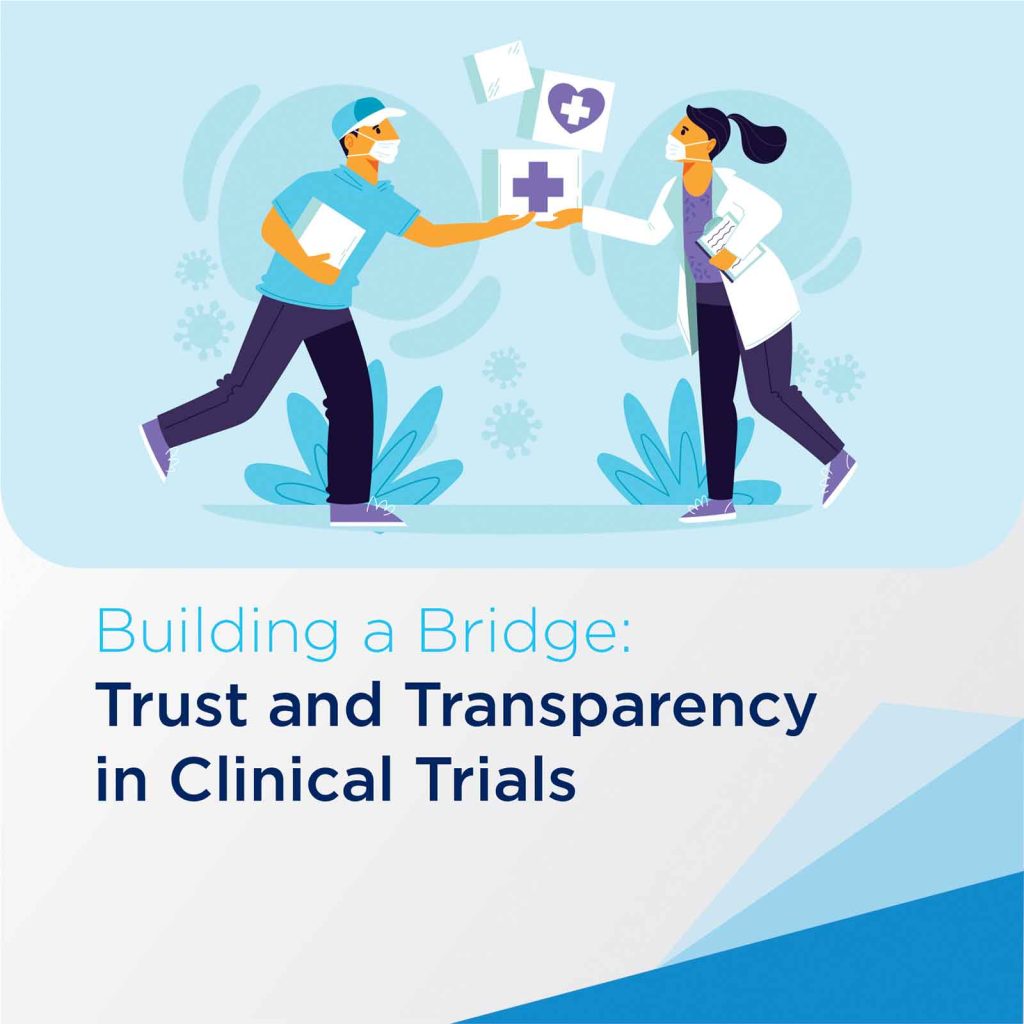Imagine you’re crossing a rickety bridge. The planks creak, the wind whistles, and you’re not sure if you’ll make it to the other side. That’s the feeling some people get when considering joining a clinical trial. It’s a big leap, and trust is everything.
So, how do we build a sturdy bridge between participants and staff in clinical trials? How do we ensure open communication, informed consent, and most importantly, give participants a voice in the research process?
Open Communication: Let’s Talk!
Think of communication as the bridge’s sturdy beams. It needs to be strong, clear, and two-way. Here’s how:
Plain Language, Please: Ditch the scientific jargon and medical mumbo jumbo. Explain things in simple terms, like you’re talking to a friend.
Ask, Listen, Repeat: Don’t just lecture. Actively listen to participants’ questions, concerns, and even fears. And then, repeat key points back to them to make sure everyone’s on the same page.
Regular Updates: Don’t leave participants in the dark. Share progress updates, both good and bad, in a timely manner. This builds trust and shows respect for their involvement.
Informed Consent: Knowledge is Power Before crossing any bridge, you need to know where it leads. Informed consent is that map for participants. It should be:
Clear and Complete: Explain the study’s purpose, risks and benefits, alternative treatment options, and participants’ rights in a comprehensive, understandable way.
No Pressure, Just Facts: Don’t sugarcoat the risks or pressure anyone to participate. Give them the information and space to make an informed decision.
Always Available: Consent shouldn’t be a one-time thing. Participants should have access to the information and the ability to ask questions anytime they have them.
Participant Involvement: Crossing Together
Building a bridge isn’t a one-person job. Participants should be active partners in the research process:
Feedback Mechanisms: Create channels for participants to share their experiences, suggestions, and concerns. This could be through surveys, focus groups, or even informal chats with staff.
Shared Decision-Making: Involve participants in discussions about the study design, data analysis, and even future research directions. Their lived experiences can offer valuable insights.
Recognition and Appreciation:
Acknowledge participants’ contributions to the research. Highlight their stories, showcase their impact, and make them feel valued members of the team.
By implementing these initiatives, we can transform clinical trials from rickety bridges into sturdy structures of trust and collaboration. Participants become more than just subjects; they become partners in the quest for better healthcare, and staff become more than just researchers; they become guides and facilitators on this shared journey. Remember, building trust takes time and effort. But just like a strong bridge, it’s an investment that will pay off in the long run, leading to more successful clinical trials and ultimately, better health for everyone.








